Rectorrhagia causes. Rectorrhagia: Causes, Symptoms, and Treatments of Rectal Bleeding
What are the common causes of rectal bleeding. How can you identify the symptoms of rectorrhagia. When should you seek medical help for rectal bleeding. What are the available treatments for rectorrhagia.
Understanding Rectorrhagia: An Overview of Rectal Bleeding
Rectorrhagia, commonly known as rectal bleeding, is a condition that can be both alarming and indicative of various underlying health issues. It occurs when blood passes through the rectum, often visible in the stool, on toilet paper, or in the toilet bowl after a bowel movement. While hemorrhoids are the most frequent cause, rectal bleeding can also signal more serious conditions that require prompt medical attention.
Is rectal bleeding always a cause for concern? Not necessarily, but it should never be ignored. The severity and underlying cause of rectorrhagia can range from mild, easily treatable conditions to more serious health problems that require immediate medical intervention. Understanding the potential causes, recognizing the symptoms, and knowing when to seek help are crucial steps in managing this condition effectively.

Common Causes of Rectal Bleeding: From Hemorrhoids to Cancer
Rectal bleeding can stem from various sources within the gastrointestinal tract. Here are some of the most common causes:
- Hemorrhoids: Swollen blood vessels in the rectum or anus
- Anal fissures: Small tears in the lining of the anus
- Angiodysplasia: Enlarged, fragile blood vessels in the intestine
- Constipation: Can lead to straining and subsequent bleeding
- Polyps: Benign growths in the colon or rectum that may bleed
- Ulcers: Erosions in the digestive tract that can cause bleeding
- Inflammatory Bowel Disease (IBD): Includes conditions like ulcerative colitis and Crohn’s disease
- Diverticular disease: Pouches in the colon that can become inflamed or bleed
- Infections: Certain intestinal infections can cause rectal bleeding
- Colorectal cancer: While less common, it’s a serious potential cause of rectal bleeding
Can anal fissures cause rectal bleeding? Yes, anal fissures are small tears in the lining of the anus that can occur due to passing hard stools or straining during bowel movements. These tears can cause pain and bleeding, especially noticeable on toilet paper after wiping.

Identifying the Signs: Symptoms Associated with Rectorrhagia
Recognizing the symptoms of rectal bleeding is crucial for proper diagnosis and treatment. The most obvious sign is the presence of blood, but the color and consistency can provide important clues about the source of the bleeding:
- Bright red blood: Often indicates bleeding in the lower gastrointestinal tract
- Dark red or wine-colored blood: May suggest bleeding in the small intestine or early portion of the colon
- Black, tarry stools: Could indicate bleeding from the stomach or upper small intestine
Are there other symptoms that may accompany rectal bleeding? Yes, depending on the underlying cause, you might experience:
- Abdominal pain or cramping
- Rectal pain or discomfort
- Dizziness or lightheadedness
- Fatigue or weakness
- Changes in bowel habits (constipation or diarrhea)
- Unexplained weight loss
Does the amount of blood matter? The quantity of blood can indeed provide insights into the severity of the condition. Small amounts of bright red blood are often associated with hemorrhoids or anal fissures, while larger amounts or darker blood may indicate more serious conditions requiring immediate medical attention.
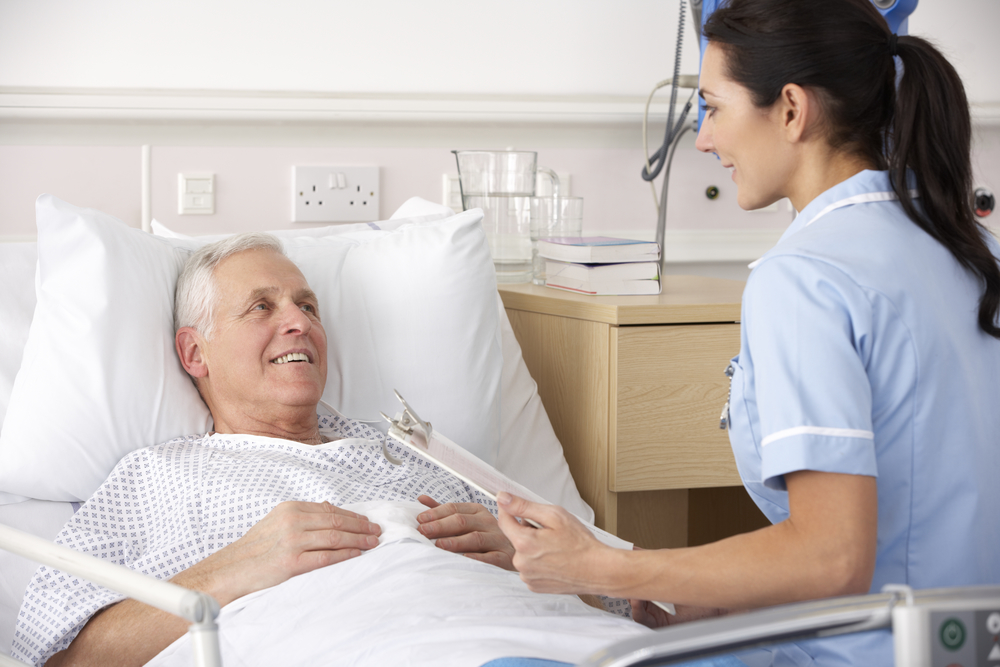
When to Seek Medical Help: Recognizing Serious Symptoms
While occasional, minor rectal bleeding might not always warrant immediate medical attention, there are certain situations where seeking prompt medical care is crucial. You should consult a healthcare professional if you experience:
- Persistent or recurrent rectal bleeding
- Large amounts of blood in your stool
- Black, tarry stools
- Severe abdominal pain or cramping
- Unexplained weight loss
- Fever or chills
- Nausea or vomiting
- Dizziness or fainting
Should you go to the emergency room for rectal bleeding? In some cases, yes. Seek immediate emergency care if you experience:
- Heavy, continuous rectal bleeding
- Severe abdominal pain
- Signs of shock (cold, clammy skin, confusion, rapid heartbeat)
- Difficulty breathing
- Loss of consciousness
Diagnostic Approaches: How Doctors Identify the Cause of Rectorrhagia
When you consult a healthcare provider about rectal bleeding, they will likely perform a series of diagnostic tests to determine the underlying cause. The diagnostic process may include:

- Physical examination: Including a digital rectal exam
- Blood tests: To check for anemia or other blood disorders
- Stool tests: To detect blood in the stool and check for infections
- Anoscopy or proctoscopy: Examination of the anal canal and lower rectum
- Colonoscopy: A comprehensive examination of the entire colon
- Flexible sigmoidoscopy: Examination of the lower part of the colon
- Imaging tests: Such as CT scans or MRI to visualize the digestive tract
What questions might a doctor ask during the diagnosis? Your healthcare provider will likely inquire about:
- The color and amount of blood you’ve noticed
- How long you’ve been experiencing rectal bleeding
- Any associated symptoms (pain, changes in bowel habits, etc.)
- Your medical history, including any previous digestive issues
- Your family history, particularly regarding colorectal cancer or IBD
- Your diet and lifestyle habits
Treatment Options: Managing Rectorrhagia Based on Its Cause
The treatment for rectal bleeding varies depending on the underlying cause. Here are some common approaches:

- Hemorrhoids: Over-the-counter creams, sitz baths, dietary changes, or in severe cases, surgical removal
- Anal fissures: Topical ointments, sitz baths, stool softeners, or in persistent cases, surgical repair
- Inflammatory Bowel Disease: Anti-inflammatory medications, immunosuppressants, or biologics
- Polyps: Removal during colonoscopy or surgery for larger growths
- Diverticular disease: Antibiotics for infections, high-fiber diet, or surgery in severe cases
- Colorectal cancer: Surgery, chemotherapy, radiation therapy, or a combination of these
Can dietary changes help manage rectal bleeding? In many cases, yes. A high-fiber diet can help prevent constipation and reduce straining during bowel movements, which can aggravate conditions like hemorrhoids or anal fissures. Staying well-hydrated and avoiding spicy or irritating foods can also be beneficial.
Prevention Strategies: Reducing the Risk of Rectal Bleeding
While not all causes of rectal bleeding are preventable, there are several steps you can take to reduce your risk:

- Maintain a high-fiber diet: Eat plenty of fruits, vegetables, and whole grains
- Stay hydrated: Drink adequate water to prevent constipation
- Exercise regularly: Physical activity promotes healthy bowel function
- Avoid straining during bowel movements: Don’t force it if you’re having difficulty
- Practice good hygiene: Gently clean the anal area after bowel movements
- Limit time on the toilet: Prolonged sitting can increase pressure on the anal area
- Manage underlying conditions: Keep chronic conditions like IBD well-controlled
- Get regular check-ups: Especially if you’re at higher risk for colorectal cancer
How effective is prevention in reducing the risk of rectal bleeding? While prevention strategies can significantly lower your risk of certain causes of rectal bleeding, such as hemorrhoids or anal fissures, they may not completely eliminate the risk of all potential causes. Regular medical check-ups and prompt attention to any concerning symptoms remain crucial for early detection and treatment of more serious conditions.

Long-Term Outlook: Living with and Managing Rectorrhagia
The long-term outlook for individuals experiencing rectal bleeding largely depends on the underlying cause. Many cases, particularly those related to hemorrhoids or minor anal fissures, can be successfully managed with lifestyle changes and conservative treatments. However, chronic conditions like IBD may require ongoing management and regular medical supervision.
For more serious causes like colorectal cancer, early detection and prompt treatment are critical factors in determining the prognosis. This underscores the importance of not ignoring rectal bleeding and seeking medical advice when it occurs.
Can rectal bleeding recur even after treatment? Yes, recurrence is possible, especially if the underlying cause is not fully addressed or if preventive measures are not maintained. For example, individuals prone to hemorrhoids may experience repeated episodes if they don’t maintain a high-fiber diet or manage constipation effectively.
:max_bytes(150000):strip_icc()/GettyImages-1830338421-8b84b36828de4d89a3efbbd451b26557.jpg)
Regular follow-up with healthcare providers, adherence to treatment plans, and maintaining a healthy lifestyle are key components in managing rectorrhagia and preventing its recurrence. By staying vigilant and proactive about your digestive health, you can significantly improve your quality of life and reduce the impact of rectal bleeding on your daily activities.
The Importance of Open Communication with Healthcare Providers
Dealing with rectal bleeding can be uncomfortable and even embarrassing for some individuals. However, it’s crucial to overcome any hesitation and communicate openly with your healthcare provider. Accurate and detailed information about your symptoms can lead to more precise diagnoses and more effective treatment plans.
Remember, healthcare professionals are accustomed to discussing such issues and are there to help you. Don’t hesitate to ask questions, express concerns, or seek clarification about your condition or treatment options. This open dialogue can greatly enhance your understanding of your health situation and improve the overall management of your rectorrhagia.
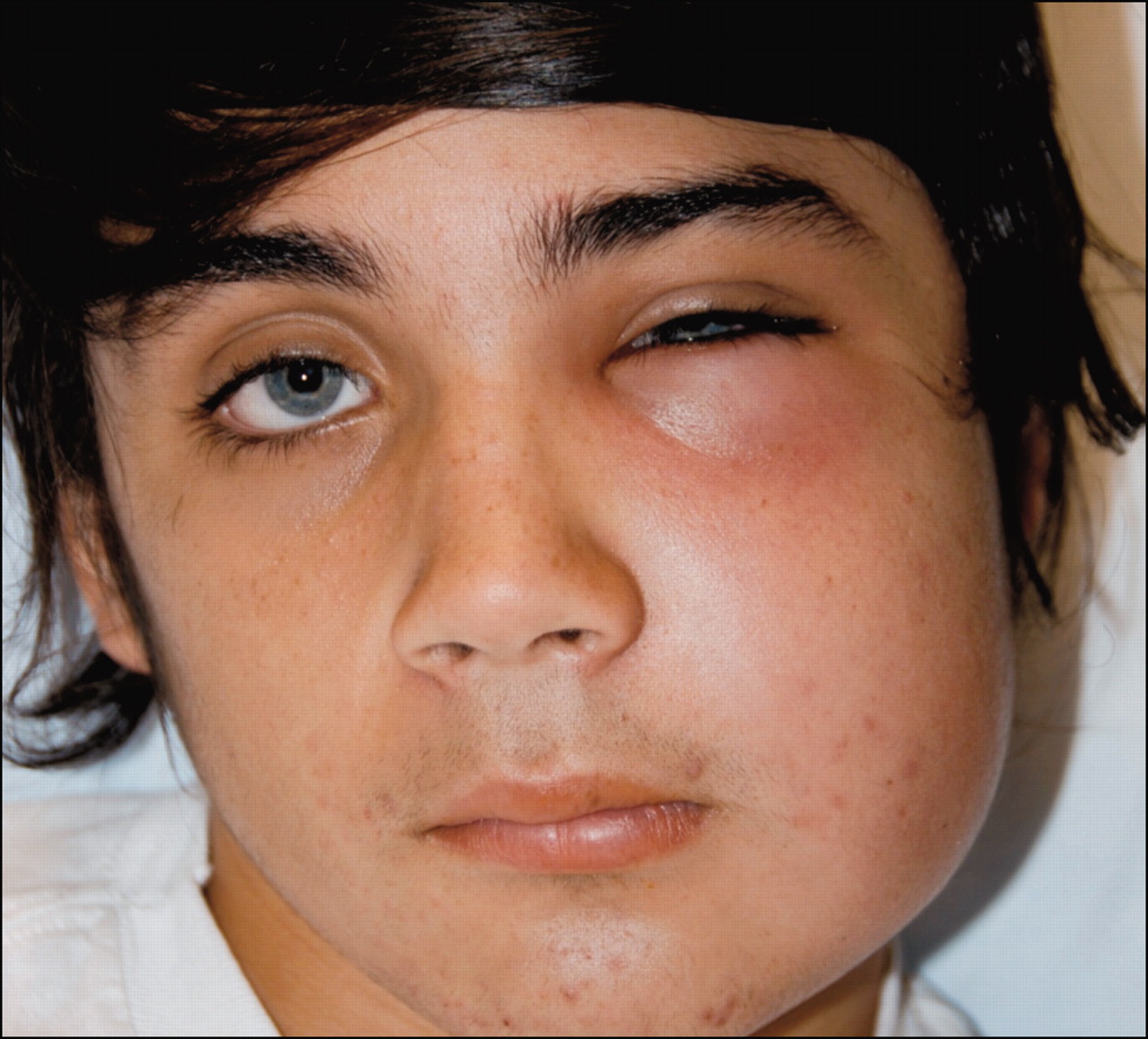
Emotional and Psychological Aspects of Dealing with Rectal Bleeding
The experience of rectal bleeding can be distressing, potentially causing anxiety or worry about one’s health. It’s important to acknowledge these feelings and seek support when needed. Some individuals may benefit from counseling or support groups, especially if dealing with chronic conditions or more serious diagnoses.
How can you cope with the stress of experiencing rectal bleeding? Consider these strategies:
- Educate yourself about your condition from reliable sources
- Practice stress-reduction techniques like meditation or deep breathing
- Maintain a healthy lifestyle to support overall well-being
- Connect with others who have similar experiences
- Focus on aspects of your health you can control
- Communicate openly with friends and family about your needs and concerns
By addressing both the physical and emotional aspects of rectorrhagia, you can develop a more comprehensive approach to managing your health and improving your quality of life.
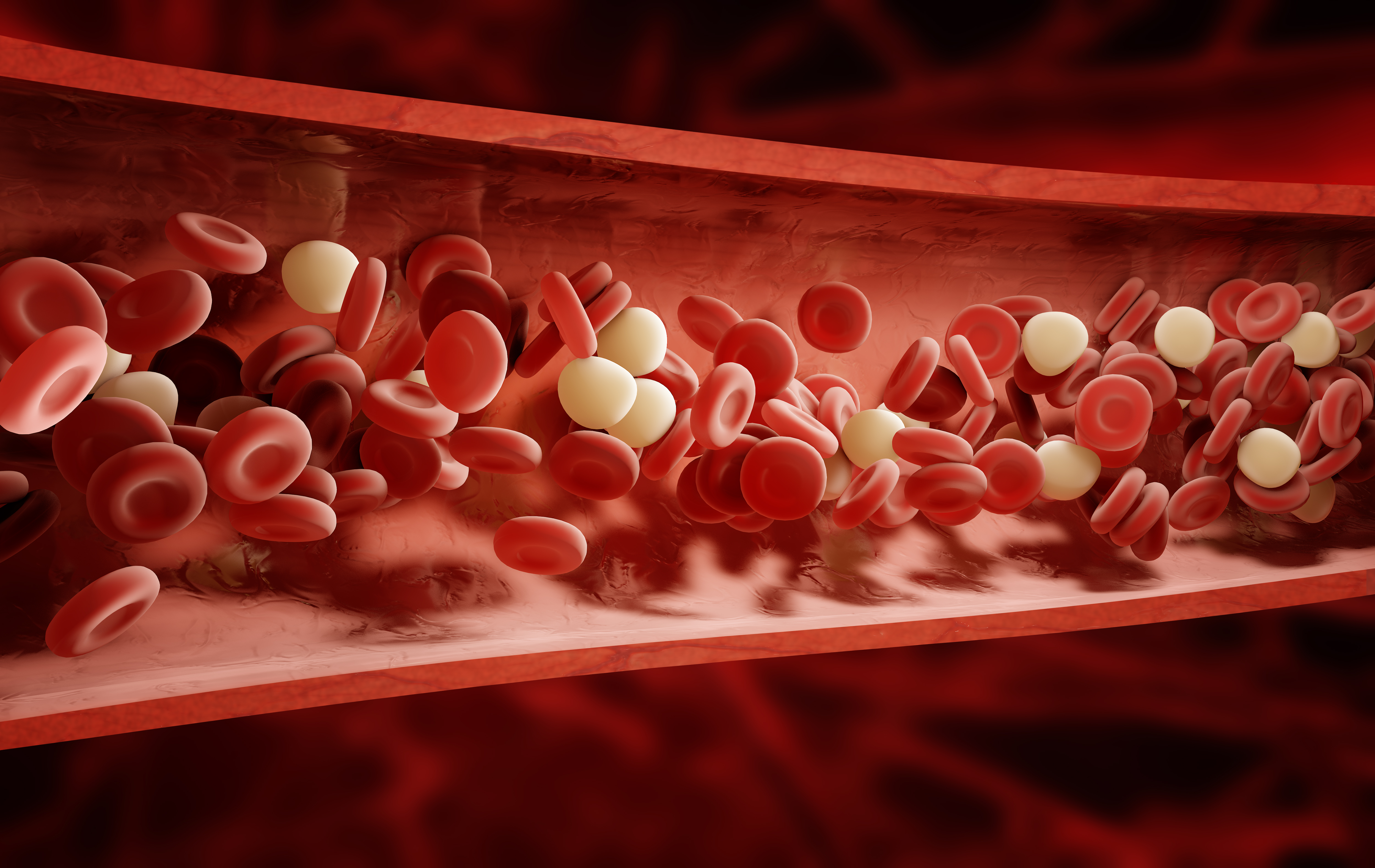
The Role of Research and Advancements in Treating Rectal Bleeding
Medical research continues to advance our understanding of the causes, diagnosis, and treatment of rectal bleeding. New diagnostic tools, innovative treatment approaches, and improved prevention strategies are constantly being developed.
For instance, advancements in colonoscopy techniques have improved the detection and removal of polyps, potentially preventing their progression to colorectal cancer. In the realm of IBD, biologic therapies have revolutionized treatment options for many patients.
What future developments can we expect in the field of rectorrhagia management? Ongoing research areas include:
- More precise diagnostic tools for identifying the source of bleeding
- Less invasive treatment options for conditions like hemorrhoids
- Improved medications for managing chronic digestive disorders
- Enhanced screening methods for early detection of colorectal cancer
- Personalized treatment approaches based on genetic and molecular profiles
Staying informed about these advancements can help you make more informed decisions about your health care and treatment options. Always consult with your healthcare provider to understand how new developments might apply to your specific situation.
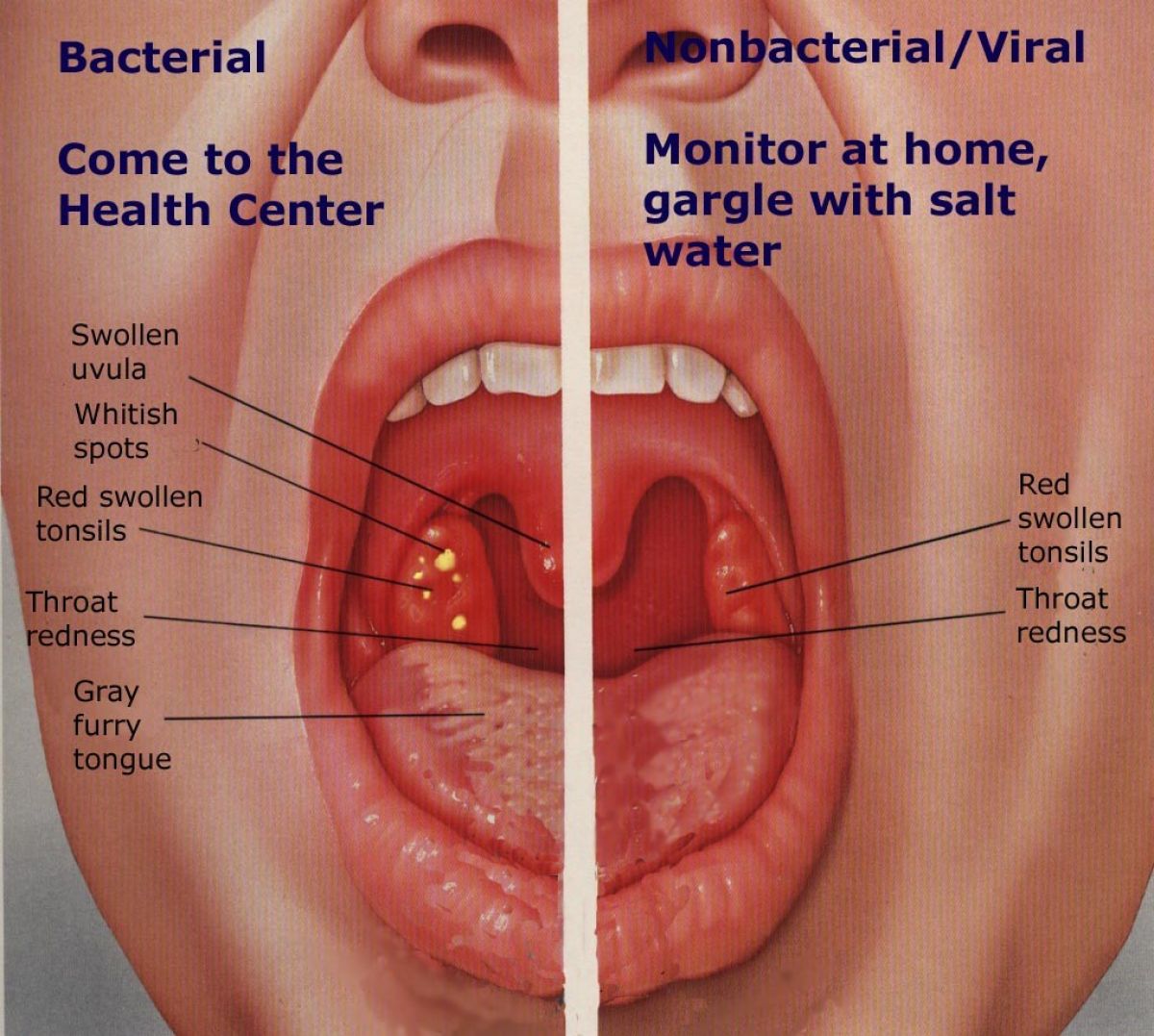
The Global Perspective: Rectorrhagia Across Different Populations
The prevalence and impact of rectal bleeding can vary across different populations and regions of the world. Factors such as diet, lifestyle, environmental influences, and access to healthcare can all play a role in these variations.
For example, the incidence of colorectal cancer, a potential cause of rectal bleeding, varies significantly across different countries. Developed nations often have higher rates, possibly due to dietary factors and sedentary lifestyles, but also better screening and detection methods.
How do cultural factors influence the management of rectorrhagia? Cultural attitudes towards discussing digestive health issues can impact how quickly individuals seek medical attention for rectal bleeding. In some cultures, there may be more stigma or embarrassment associated with such symptoms, potentially leading to delays in diagnosis and treatment.
Understanding these global and cultural perspectives can help healthcare providers offer more culturally sensitive and effective care. It also underscores the importance of public health education to raise awareness about the significance of rectal bleeding and the need for prompt medical attention across all communities.

Integrating Rectorrhagia Management into Overall Health Care
Effective management of rectal bleeding often requires a holistic approach to health care. Many of the lifestyle factors that can help prevent or manage rectorrhagia – such as maintaining a healthy diet, staying physically active, and managing stress – are also beneficial for overall health.
Moreover, some of the conditions that can cause rectal bleeding, like IBD or colorectal cancer, can have implications for other aspects of health. Therefore, addressing rectal bleeding should be viewed as part of a comprehensive approach to maintaining overall well-being.
How can you integrate rectorrhagia management into your overall health care routine? Consider these steps:
- Discuss rectal bleeding and digestive health during regular check-ups
- Incorporate dietary and lifestyle changes that benefit both digestive and overall health
- Stay up-to-date with recommended health screenings, including those for colorectal cancer
- Manage stress and mental health, which can impact digestive health
- Coordinate care between different healthcare providers if you have multiple health conditions
By taking a comprehensive approach to your health care, you can more effectively manage rectorrhagia while also improving your overall health and quality of life.

Causes, Symptoms, and When to Seek Help
We include products we think are useful for our readers. If you buy through links on this page, we may earn a small commission Here’s our process.
Healthline only shows you brands and products that we stand behind.
Our team thoroughly researches and evaluates the recommendations we make on our site. To establish that the product manufacturers addressed safety and efficacy standards, we:
- Evaluate ingredients and composition: Do they have the potential to cause harm?
- Fact-check all health claims: Do they align with the current body of scientific evidence?
- Assess the brand: Does it operate with integrity and adhere to industry best practices?
We do the research so you can find trusted products for your health and wellness.
Read more about our vetting process.
Was this helpful?
Hemorrhoids can cause you to bleed anally. But rectal bleeding can also occur with some serious conditions, including ulcers, inflammatory bowel disease, and colon cancer.
If you finish going to the bathroom and notice a small amount of bright-red to black blood in the toilet bowl, on the toilet paper, or in your stool, you’re likely experiencing rectal bleeding.
Hemorrhoids are the most common cause of rectal bleeding, but there are many possible reasons it might occur.
Read on to find out more about why you might experience rectal bleeding and what to do if it happens.
Causes of rectal bleeding can range from mild to serious. Conditions associated with rectal bleeding include:
- Anal fissures. Small tears in the lining of the anus can lead to bleeding and pain when passing stools. Tears can occur because of constipation or during childbirth.
- Angiodysplasia. Enlarged blood vessels develop in the intestine. They can become fragile, break, and bleed.
- Hemorrhoids. Also called piles, these are masses of tissue made up of blood vessels and muscle fibers. Internal hemorrhoids are inside the body.
 They don’t hurt but can cause bleeding. In some cases, they can pass through the anus.
They don’t hurt but can cause bleeding. In some cases, they can pass through the anus. - Constipation. Hard stool and straining to relieve constipation can lead to anal fissures and hemorrhoids, both of which can result in bleeding.
- Anal or colorectal polyps. Polyps are growths that can appear in many places throughout the body. If polyps develop in the intestine, they can bleed. Polyps aren’t cancerous, but some can become malignant in time.
- Ulcers. An ulcer can form when an erosion worsens in the digestive track. Black, tarry stools may occur if an ulcer is bleeding higher in the gut, but an ulcer further down may produce bright red blood. However, this isn’t always the case, and your doctor will need to investigate.
- Anal cancer or colon cancer. As tumors form, they need blood vessels to grow. The blood vessels in the colon are fragile and can tear, causing bleeding. Only 3.4 percent of cases of rectal bleeding are due to colon cancer.

- Inflammatory bowel disease (IBD). This includes ulcerative colitis (UC) and Crohn’s disease. Bleeding may occur alongside rectal pain and diarrhea.
- Diverticular disease. Diverticula are small pouches or bulges in the colon where, over time, blood vessels can erode, rupture, and bleed. When there are no symptoms, it’s called diverticulosis, but if inflammation occurs, this is diverticulitis. Together, they’re called diverticular disease.
- Infections. Intestinal infection, or infections caused by bacteria, such as salmonella, can cause bleeding.
- Bleeding conditions. Some conditions can contribute to bleeding because they affect the blood’s ability to coagulate. They include vitamin K deficiency, hemophilia, and a low platelet count, also called thrombocytopenia.
- Damage to the upper gastrointestinal (GI) tract. Tears or other problems in the stomach or even the esophagus can cause bleeding from the rectum.
 Bleeding from the upper GI tract is more likely to appear as black, tarry stools.
Bleeding from the upper GI tract is more likely to appear as black, tarry stools.
Less common rectal bleeding causes include allergic reactions to certain food types.
The most apparent sign of rectal bleeding is red blood on toilet tissue or visible blood or red-tinged stool in the toilet bowl. However, it’s important you pay attention to the color of the blood (and the color of your stools) as it can indicate different things:
- Bright red blood indicates bleeding somewhere in the lower gastrointestinal tract, such as the colon or rectum.
- Dark red or wine-colored blood may indicate bleeding in the small intestine or early portion of the colon.
- Black, tarry stools may indicate bleeding from the stomach or the upper part of the small intestine.
Additional symptoms associated with rectal bleeding include:
- confusion
- fainting
- feeling dizzy
- rectal pain
- abdominal pain or cramping
Severe rectal bleeding can constitute a medical emergency. Go to an emergency room if you’re also experiencing any of the following symptoms:
Go to an emergency room if you’re also experiencing any of the following symptoms:
- cold, clammy skin
- confusion
- continuous rectal bleeding
- fainting and dizziness
- painful abdominal cramping
- rapid breathing
- severe anal pain
- severe nausea
- blood in vomit
Make an appointment to see your doctor if you experience less severe rectal bleeding, such as small drops of blood from the rectum. Because a small amount of rectal bleeding can quickly turn into a large amount, seeking treatment in the early stages is important.
Most cases of rectal bleeding in middle-aged and older people are due to hemorrhoids. In around 95 percent of cases, rectal bleeding will stop without treatment, but this doesn’t mean the underlying cause has also disappeared.
Statistics suggest that only 40 percent of people with rectal bleeding seek medical help, but bleeding can also be a sign of a serious condition, such as cancer, so you shouldn’t ignore it if it happens.
If you experience rectal bleeding, it’s always a good idea to seek medical help, as it may be a sign of an underlying problem that needs treatment. If bleeding is heavy or occurs in many bowel movements, it’s best to ask your doctor about it as soon as possible.
Your doctor will start by asking you about your symptoms. Questions may include when you first noticed the bleeding, related symptoms you’re experiencing, and what color the blood is.
- Visual or physical exam. The doctor will look or feel to check the affected area. This can include inserting a gloved, lubricated finger into the anus to check for abnormalities, such as hemorrhoids.
- Endoscopic procedures. The doctor inserts a thin, flexible lighted scope with a camera into the anus. This allows the doctor to view the area. Examples include a sigmoidoscopy or a colonoscopy.
- Blood tests. A complete blood count (CBC) can help assess the extent of the bleeding and show if anemia is present.

- Stool tests. These can show if there’s bleeding that isn’t visible.
- Gastric lavage. If the doctor suspects the problem may lie in the stomach, they may pass a tube through the nose into the stomach to remove the contents and try to locate the site of any bleeding.
- Imaging tests. This could be a scan or an X-ray, possibly with a contrasting agent, such as barium.
Rectal bleeding treatments depend on the cause and severity.
Home remedies
At home, one way to relieve the pain and discomfort of hemorrhoids may be by taking warm baths. Applying over-the-counter or prescription creams can also reduce irritation.
If anal fissures result from constipation, treating the constipation may allow the fissures to heal.
At-home treatments to prevent constipation can reduce the risk of rectal bleeding. These include:
- eating high-fiber foods (unless otherwise directed by your doctor)
- ask a doctor or pharmacist about stool softeners
- exercising regularly to prevent constipation
- keeping the rectal area clean
- staying well hydrated
Medical treatment
If home constipation remedies don’t work, ask your doctor about medical and prescription options.
- Hemorrhoids may need more invasive treatment if the pain is severe or the hemorrhoids are large. These include rubber band ligation, laser treatments, and surgical removal.
- Anal fissures may resolve on their own, but a doctor may prescribe antibiotics if an infection develops.
- Colon cancer will require long-term treatment, such as surgery, chemotherapy, and radiation, to remove the cancer and reduce the risk of recurrence.
- Polyps may need treatment if they’re large, if there are many of them, or if cells changes suggest they could become cancerous. A doctor can remove polyps during a colonoscopy.
Shop online for over-the-counter hemorrhoid creams.
Rectal bleeding is a common problem and often results from a minor issue, such as hemorrhoids. However, it can also be a sign of a more serious disease, such as colorectal cancer.
Seeking medical advice early for any rectal bleeding will give a doctor the chance to rule out a more serious condition or offer treatment, if appropriate.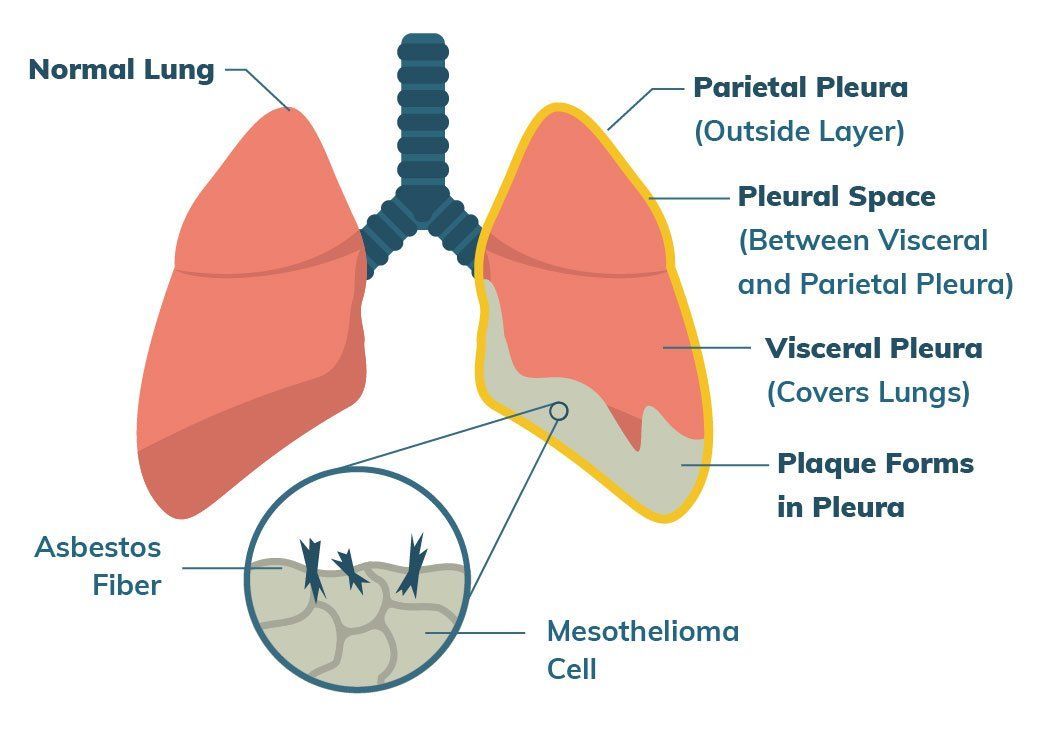 If you’re taking blood thinners for another condition, ask your doctor about rectal bleeding as a side effect as the threshold for seeking help may be lower.
If you’re taking blood thinners for another condition, ask your doctor about rectal bleeding as a side effect as the threshold for seeking help may be lower.
Causes, Symptoms, and When to Seek Help
We include products we think are useful for our readers. If you buy through links on this page, we may earn a small commission Here’s our process.
Healthline only shows you brands and products that we stand behind.
Our team thoroughly researches and evaluates the recommendations we make on our site. To establish that the product manufacturers addressed safety and efficacy standards, we:
- Evaluate ingredients and composition: Do they have the potential to cause harm?
- Fact-check all health claims: Do they align with the current body of scientific evidence?
- Assess the brand: Does it operate with integrity and adhere to industry best practices?
We do the research so you can find trusted products for your health and wellness.
Read more about our vetting process.
Was this helpful?
Hemorrhoids can cause you to bleed anally. But rectal bleeding can also occur with some serious conditions, including ulcers, inflammatory bowel disease, and colon cancer.
If you finish going to the bathroom and notice a small amount of bright-red to black blood in the toilet bowl, on the toilet paper, or in your stool, you’re likely experiencing rectal bleeding.
Hemorrhoids are the most common cause of rectal bleeding, but there are many possible reasons it might occur.
Read on to find out more about why you might experience rectal bleeding and what to do if it happens.
Causes of rectal bleeding can range from mild to serious. Conditions associated with rectal bleeding include:
- Anal fissures. Small tears in the lining of the anus can lead to bleeding and pain when passing stools. Tears can occur because of constipation or during childbirth.
- Angiodysplasia.
 Enlarged blood vessels develop in the intestine. They can become fragile, break, and bleed.
Enlarged blood vessels develop in the intestine. They can become fragile, break, and bleed. - Hemorrhoids. Also called piles, these are masses of tissue made up of blood vessels and muscle fibers. Internal hemorrhoids are inside the body. They don’t hurt but can cause bleeding. In some cases, they can pass through the anus.
- Constipation. Hard stool and straining to relieve constipation can lead to anal fissures and hemorrhoids, both of which can result in bleeding.
- Anal or colorectal polyps. Polyps are growths that can appear in many places throughout the body. If polyps develop in the intestine, they can bleed. Polyps aren’t cancerous, but some can become malignant in time.
- Ulcers. An ulcer can form when an erosion worsens in the digestive track. Black, tarry stools may occur if an ulcer is bleeding higher in the gut, but an ulcer further down may produce bright red blood. However, this isn’t always the case, and your doctor will need to investigate.

- Anal cancer or colon cancer. As tumors form, they need blood vessels to grow. The blood vessels in the colon are fragile and can tear, causing bleeding. Only 3.4 percent of cases of rectal bleeding are due to colon cancer.
- Inflammatory bowel disease (IBD). This includes ulcerative colitis (UC) and Crohn’s disease. Bleeding may occur alongside rectal pain and diarrhea.
- Diverticular disease. Diverticula are small pouches or bulges in the colon where, over time, blood vessels can erode, rupture, and bleed. When there are no symptoms, it’s called diverticulosis, but if inflammation occurs, this is diverticulitis. Together, they’re called diverticular disease.
- Infections. Intestinal infection, or infections caused by bacteria, such as salmonella, can cause bleeding.
- Bleeding conditions. Some conditions can contribute to bleeding because they affect the blood’s ability to coagulate.
 They include vitamin K deficiency, hemophilia, and a low platelet count, also called thrombocytopenia.
They include vitamin K deficiency, hemophilia, and a low platelet count, also called thrombocytopenia. - Damage to the upper gastrointestinal (GI) tract. Tears or other problems in the stomach or even the esophagus can cause bleeding from the rectum. Bleeding from the upper GI tract is more likely to appear as black, tarry stools.
Less common rectal bleeding causes include allergic reactions to certain food types.
The most apparent sign of rectal bleeding is red blood on toilet tissue or visible blood or red-tinged stool in the toilet bowl. However, it’s important you pay attention to the color of the blood (and the color of your stools) as it can indicate different things:
- Bright red blood indicates bleeding somewhere in the lower gastrointestinal tract, such as the colon or rectum.
- Dark red or wine-colored blood may indicate bleeding in the small intestine or early portion of the colon.
- Black, tarry stools may indicate bleeding from the stomach or the upper part of the small intestine.

Additional symptoms associated with rectal bleeding include:
- confusion
- fainting
- feeling dizzy
- rectal pain
- abdominal pain or cramping
Severe rectal bleeding can constitute a medical emergency. Go to an emergency room if you’re also experiencing any of the following symptoms:
- cold, clammy skin
- confusion
- continuous rectal bleeding
- fainting and dizziness
- painful abdominal cramping
- rapid breathing
- severe anal pain
- severe nausea
- blood in vomit
Make an appointment to see your doctor if you experience less severe rectal bleeding, such as small drops of blood from the rectum. Because a small amount of rectal bleeding can quickly turn into a large amount, seeking treatment in the early stages is important.
Most cases of rectal bleeding in middle-aged and older people are due to hemorrhoids. In around 95 percent of cases, rectal bleeding will stop without treatment, but this doesn’t mean the underlying cause has also disappeared.
Statistics suggest that only 40 percent of people with rectal bleeding seek medical help, but bleeding can also be a sign of a serious condition, such as cancer, so you shouldn’t ignore it if it happens.
If you experience rectal bleeding, it’s always a good idea to seek medical help, as it may be a sign of an underlying problem that needs treatment. If bleeding is heavy or occurs in many bowel movements, it’s best to ask your doctor about it as soon as possible.
Your doctor will start by asking you about your symptoms. Questions may include when you first noticed the bleeding, related symptoms you’re experiencing, and what color the blood is.
- Visual or physical exam. The doctor will look or feel to check the affected area. This can include inserting a gloved, lubricated finger into the anus to check for abnormalities, such as hemorrhoids.
- Endoscopic procedures. The doctor inserts a thin, flexible lighted scope with a camera into the anus.
 This allows the doctor to view the area. Examples include a sigmoidoscopy or a colonoscopy.
This allows the doctor to view the area. Examples include a sigmoidoscopy or a colonoscopy. - Blood tests. A complete blood count (CBC) can help assess the extent of the bleeding and show if anemia is present.
- Stool tests. These can show if there’s bleeding that isn’t visible.
- Gastric lavage. If the doctor suspects the problem may lie in the stomach, they may pass a tube through the nose into the stomach to remove the contents and try to locate the site of any bleeding.
- Imaging tests. This could be a scan or an X-ray, possibly with a contrasting agent, such as barium.
Rectal bleeding treatments depend on the cause and severity.
Home remedies
At home, one way to relieve the pain and discomfort of hemorrhoids may be by taking warm baths. Applying over-the-counter or prescription creams can also reduce irritation.
If anal fissures result from constipation, treating the constipation may allow the fissures to heal.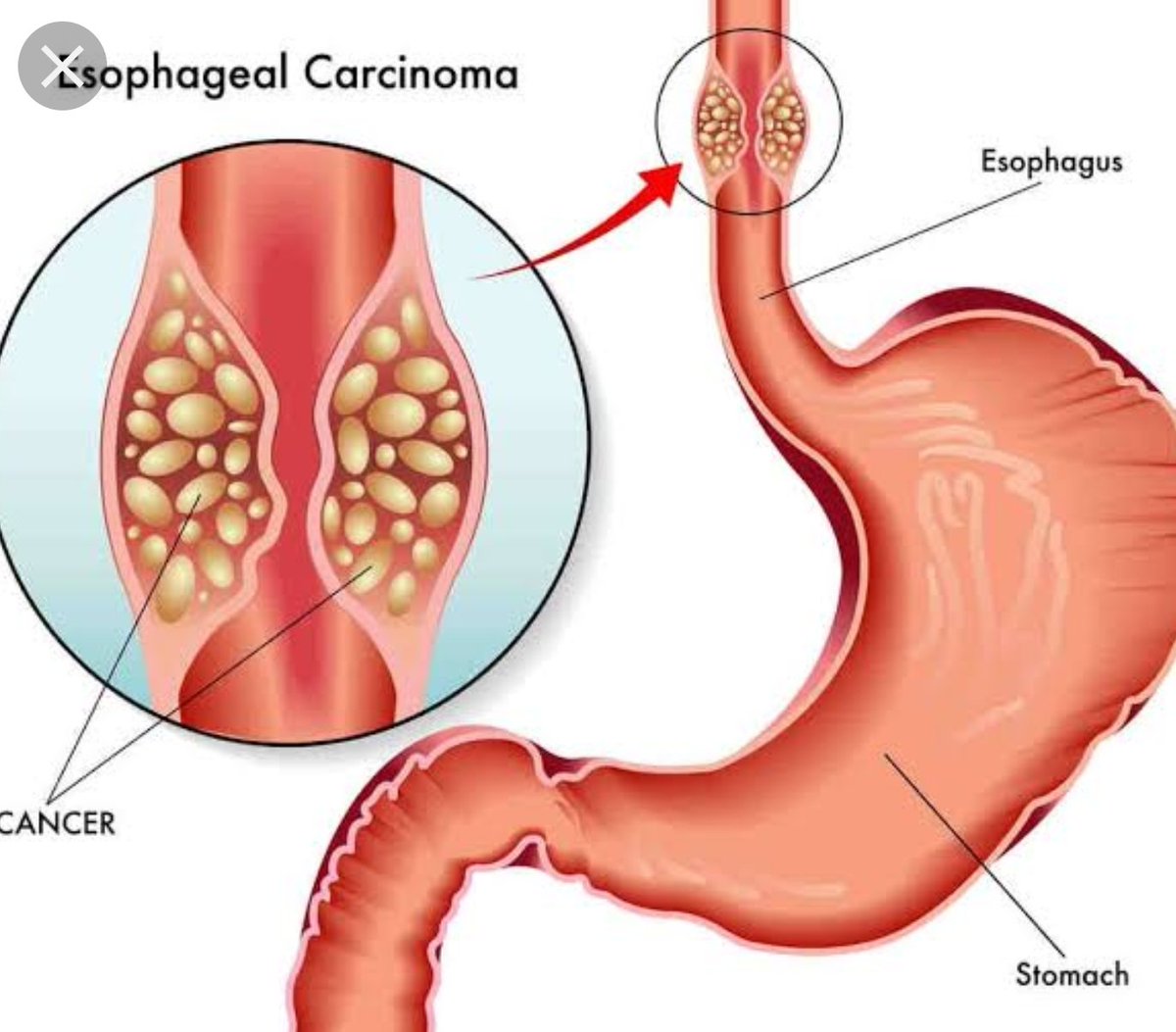
At-home treatments to prevent constipation can reduce the risk of rectal bleeding. These include:
- eating high-fiber foods (unless otherwise directed by your doctor)
- ask a doctor or pharmacist about stool softeners
- exercising regularly to prevent constipation
- keeping the rectal area clean
- staying well hydrated
Medical treatment
If home constipation remedies don’t work, ask your doctor about medical and prescription options.
- Hemorrhoids may need more invasive treatment if the pain is severe or the hemorrhoids are large. These include rubber band ligation, laser treatments, and surgical removal.
- Anal fissures may resolve on their own, but a doctor may prescribe antibiotics if an infection develops.
- Colon cancer will require long-term treatment, such as surgery, chemotherapy, and radiation, to remove the cancer and reduce the risk of recurrence.
- Polyps may need treatment if they’re large, if there are many of them, or if cells changes suggest they could become cancerous.
 A doctor can remove polyps during a colonoscopy.
A doctor can remove polyps during a colonoscopy.
Shop online for over-the-counter hemorrhoid creams.
Rectal bleeding is a common problem and often results from a minor issue, such as hemorrhoids. However, it can also be a sign of a more serious disease, such as colorectal cancer.
Seeking medical advice early for any rectal bleeding will give a doctor the chance to rule out a more serious condition or offer treatment, if appropriate. If you’re taking blood thinners for another condition, ask your doctor about rectal bleeding as a side effect as the threshold for seeking help may be lower.
Urethral growths
Urethral masses are a group of disorders characterized by abnormal growths of tissues around and within the urethra and are most common in women of reproductive age.
These include the following most common formations:
Causes of urethral formations
Blockage of the duct of one or more paraurethral glands, which may be caused by an inflammatory process (for a paraurethral cyst)
Chronic infectious and inflammatory diseases of the urethra (urethritis): chlamydia, trichomoniasis, gonorrhea, mycoplasmosis, ureaplasmosis, genital herpes, other viral lesions, including human papillomavirus
Changes in the hormonal background of a woman (for a urethral polyp)
Symptoms of urethral masses
1.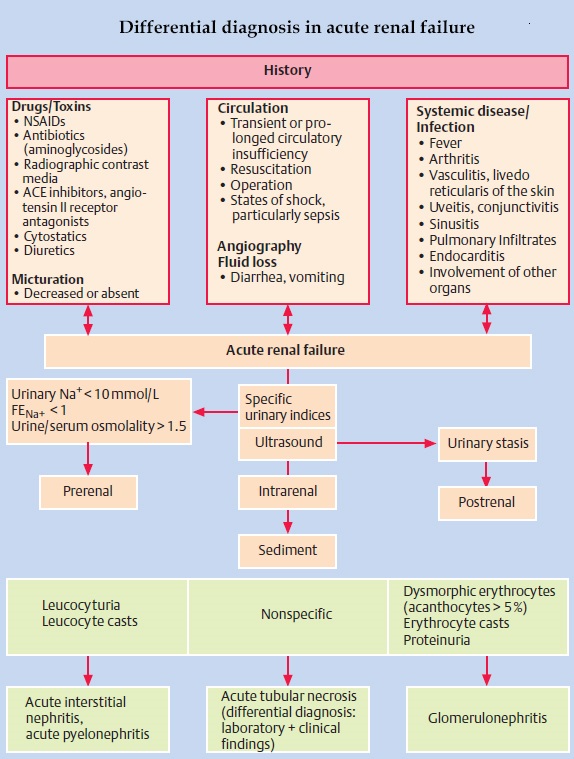 Difficulty urinating
Difficulty urinating
This complaint is typical mainly for formations of the urethra of large sizes, in which there is a compression of the lumen of the urethra both from the inside and from the outside.
2. Splitting the urine stream
The patient may note a bifurcation of the urine stream, accompanied by its splashing (typical for the formation of large volumes)
3. Foreign body sensation
On palpation in the area of the external opening of the urethra in a woman, additional, sometimes painful masses of tissue (polyp) or a rounded dense formation (cyst) are determined. In a man, the sensation of a foreign body is determined inside the urethra.
4. Pain during intercourse in women
5. Pain when urinating
6. Urethrorrhagia (discharge of blood from the external opening of the urethra)
Diagnosis of urethra formation
The main methods for diagnosing the formation of the urethra are:
Physical examination (for a woman – on a gynecological chair)
Urethroscopy.
 This study is carried out with suspicion of the formation of the urethra in men due to the fact that condyloma or polyp of the urethra can be localized in the lumen of the urethra throughout its entire length. Using a special thin instrument with a camera at the end, the state of the urethral mucosa is examined.
This study is carried out with suspicion of the formation of the urethra in men due to the fact that condyloma or polyp of the urethra can be localized in the lumen of the urethra throughout its entire length. Using a special thin instrument with a camera at the end, the state of the urethral mucosa is examined.Ultrasound of the urinary system
MRI of the pelvic organs (if necessary)
Treatment of urethra formation
The main treatment for urethral formation is surgical. The essence of this operation is to excise the formation within normal tissues.
The main advantages of this treatment method are:
Possibility of carrying out under intravenous (anesthetic sleep) and local types of anesthesia
Insignificant duration of the operation (up to 20 minutes)
Minimal cosmetic defect
Minimum hospital stay (1-2 days)
In the case of localization of condyloma (polyp) inside the urethra in men, the operation is performed endoscopically (through the external opening of the urethra) using a special instrument with a camera at the end. Either a laser fiber or a surgical loop is passed through this instrument under visual control, due to which the formation is excised within normal tissues.
Either a laser fiber or a surgical loop is passed through this instrument under visual control, due to which the formation is excised within normal tissues.
After removal of the formation, its tissue is subjected to a histological examination , the results of which determine the nature of the formation (benign/malignant).
Pain during urination – treatment in Makhachkala
Home > Symptoms > Painful urination – treatment in Makhachkala
Pain during urination is a common symptom that develops in the pathology of the lower urinary tract. The nature of the pain syndrome may differ depending on the disease: intense or mild pain that occurs only during urination or persists, but to a lesser extent after micturition. The equivalent of this symptom is various kinds of discomfort in the urethra: itching, burning.
Often, these symptoms are accompanied by such manifestations as:
- frequent urination;
- discharge from the urethra;
- urethrorrhagia.

Causes:
- cystitis;
- urethritis;
- balanoposthitis;
- prostatitis;
- colliculitis;
- injuries of the penis and urethra;
- foreign bodies in the urethra, including stones;
- tumors: prostate cancer, neoplasms of the bladder and urethra.
Characteristics of the pain syndrome depending on the cause:
| Balanoposthitis (inflammation of the skin of the glans penis and foreskin). | Pain is localized in the distal urethra. On examination, redness and swelling of the skin of the head and foreskin, plaque on the head is revealed. There is no discharge from the urethra. |
| Cystitis (inflammation of the bladder). | With this disease, patients, in addition to pain, are concerned about frequent, small portions of urination.:max_bytes(150000):strip_icc()/advice-about-bright-red-blood-in-stool-796937-v3-004a17fa66384362918ed65f63233acd.png) Sometimes there is a visual change in the properties of urine: an unpleasant odor, an unusual color, a suspension, an admixture of blood. In the 2nd portion of the general analysis of urine, an increase in the number of leukocytes is noted. Sometimes there is a visual change in the properties of urine: an unpleasant odor, an unusual color, a suspension, an admixture of blood. In the 2nd portion of the general analysis of urine, an increase in the number of leukocytes is noted. |
| Urethritis (inflammation of the urethra). | With this disease, in addition to pain, the patient may be disturbed by other symptoms: discharge from the urethra, frequent, small portions of urination. In the first portion of urine, an increase in leukocytes is detected. |
| Prostatitis (inflammation of the prostate) | In addition to pain, patients often complain of frequent urination, dull aching pain in the lower abdomen, perineum. Sexual disorders can also be observed: premature ejaculation, pain after intercourse, erectile dysfunction. On digital rectal examination, tenderness is noted. |
| Trauma | In most cases, the doctor detects the external manifestations of the injury. |

 They don’t hurt but can cause bleeding. In some cases, they can pass through the anus.
They don’t hurt but can cause bleeding. In some cases, they can pass through the anus.
/natural-treatments-for-endometriosis-89275_redraw_color1-5c454e9b46e0fb00012da9c8.png) Bleeding from the upper GI tract is more likely to appear as black, tarry stools.
Bleeding from the upper GI tract is more likely to appear as black, tarry stools.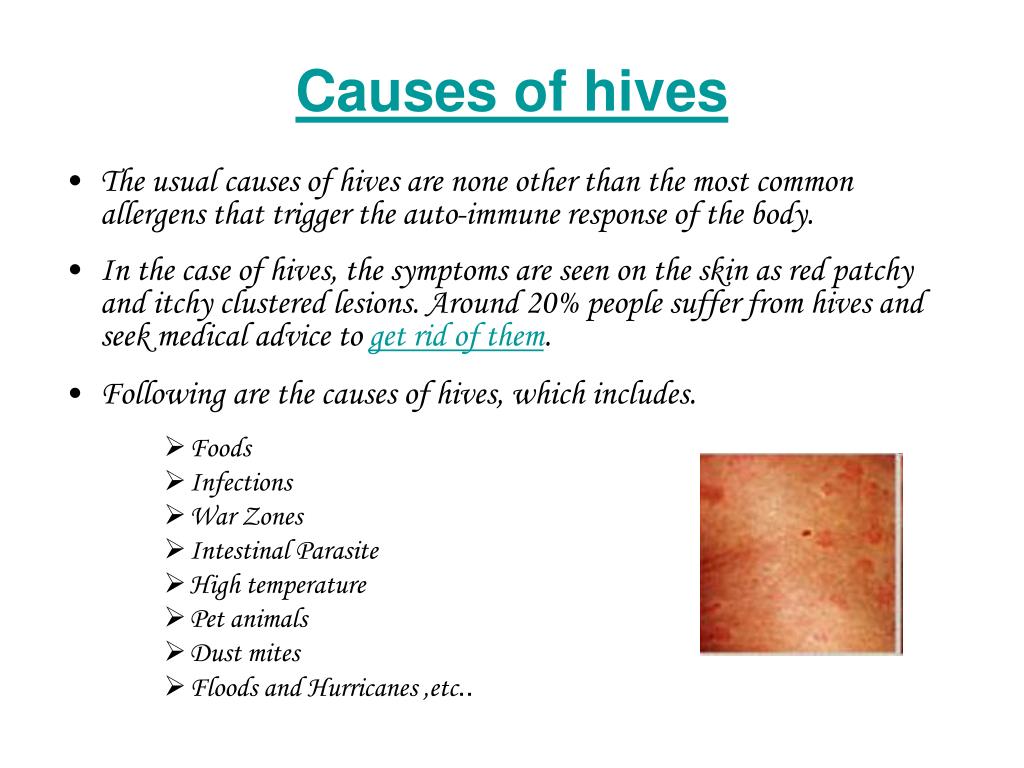
 Enlarged blood vessels develop in the intestine. They can become fragile, break, and bleed.
Enlarged blood vessels develop in the intestine. They can become fragile, break, and bleed.
 They include vitamin K deficiency, hemophilia, and a low platelet count, also called thrombocytopenia.
They include vitamin K deficiency, hemophilia, and a low platelet count, also called thrombocytopenia.
 This allows the doctor to view the area. Examples include a sigmoidoscopy or a colonoscopy.
This allows the doctor to view the area. Examples include a sigmoidoscopy or a colonoscopy. A doctor can remove polyps during a colonoscopy.
A doctor can remove polyps during a colonoscopy.:max_bytes(150000):strip_icc()/common-causes-of-foot-and-ankle-swelling-1337777_final-b2d7802a1c594b9f8cbea3301755a4ef.png) This study is carried out with suspicion of the formation of the urethra in men due to the fact that condyloma or polyp of the urethra can be localized in the lumen of the urethra throughout its entire length. Using a special thin instrument with a camera at the end, the state of the urethral mucosa is examined.
This study is carried out with suspicion of the formation of the urethra in men due to the fact that condyloma or polyp of the urethra can be localized in the lumen of the urethra throughout its entire length. Using a special thin instrument with a camera at the end, the state of the urethral mucosa is examined.